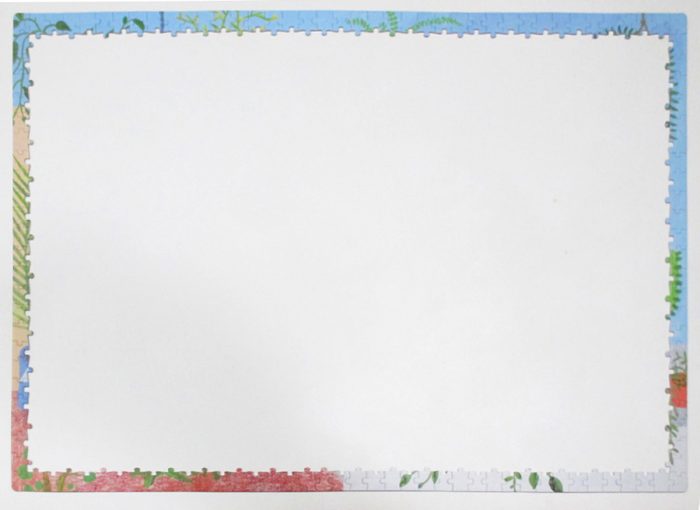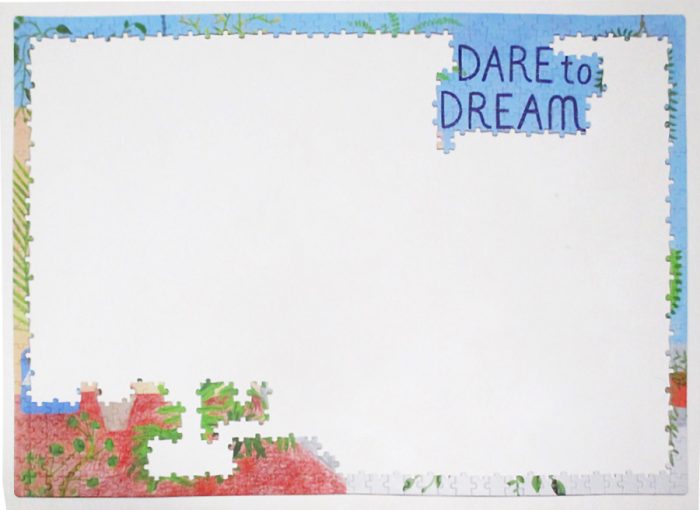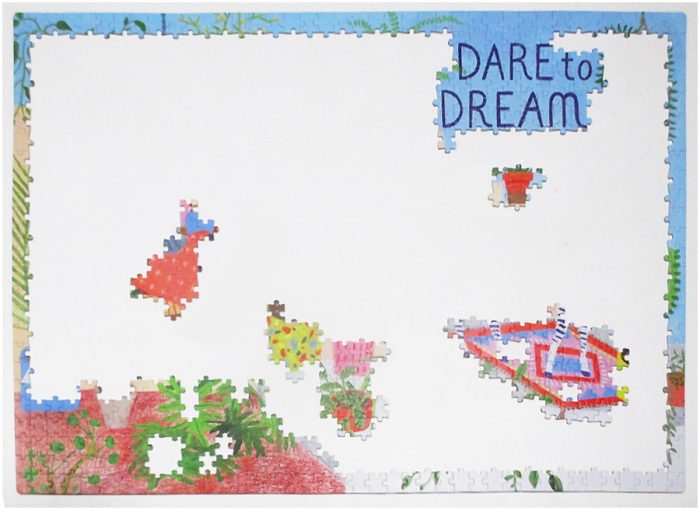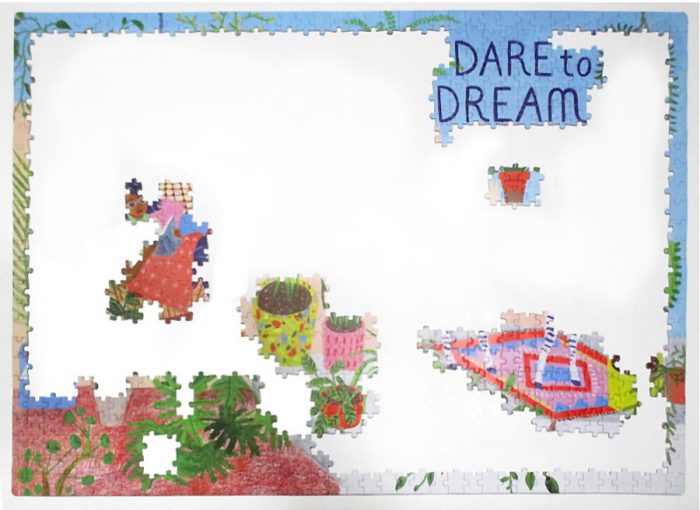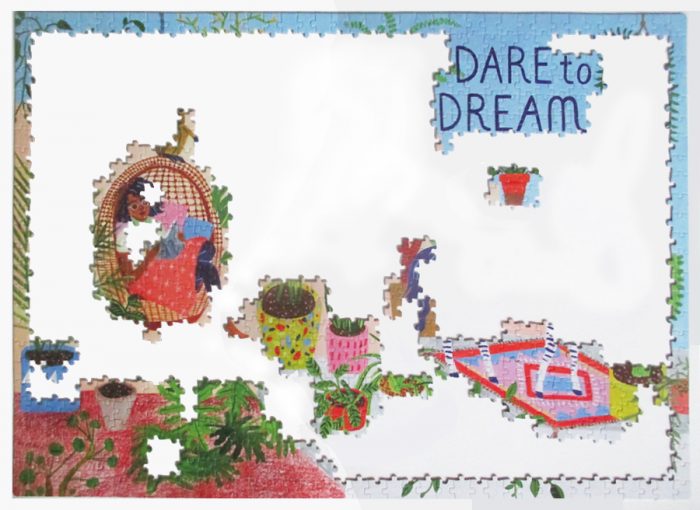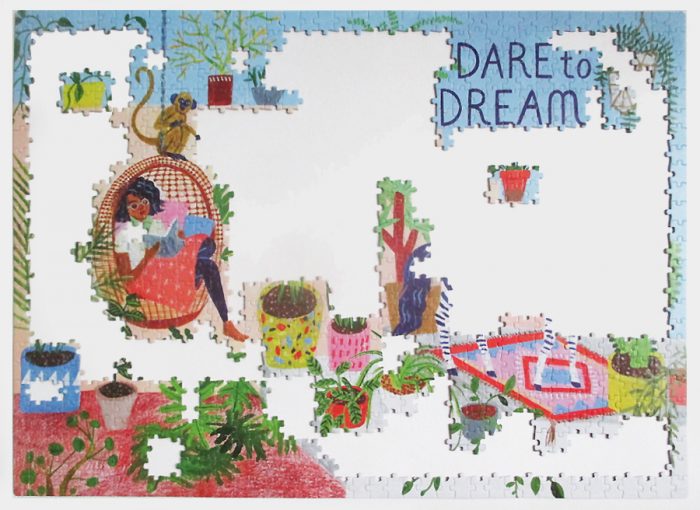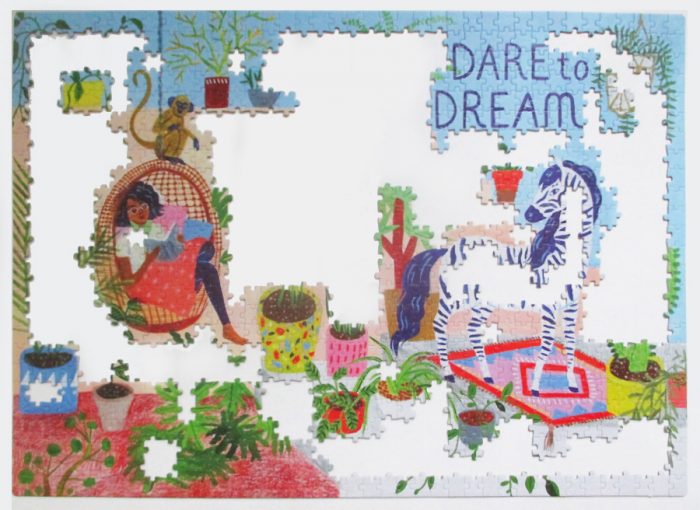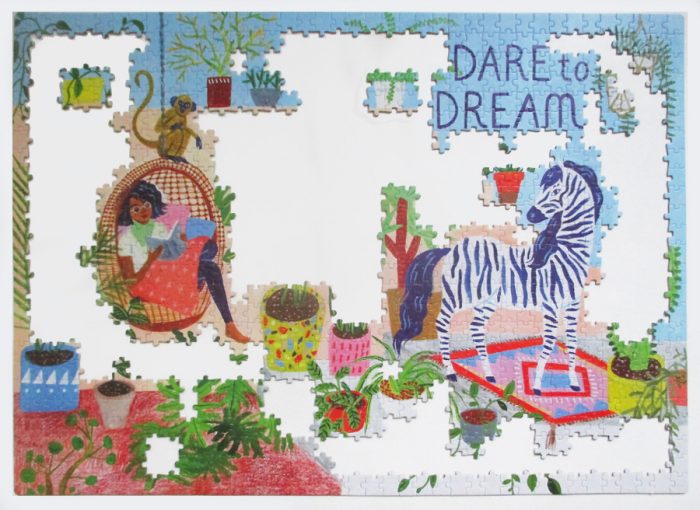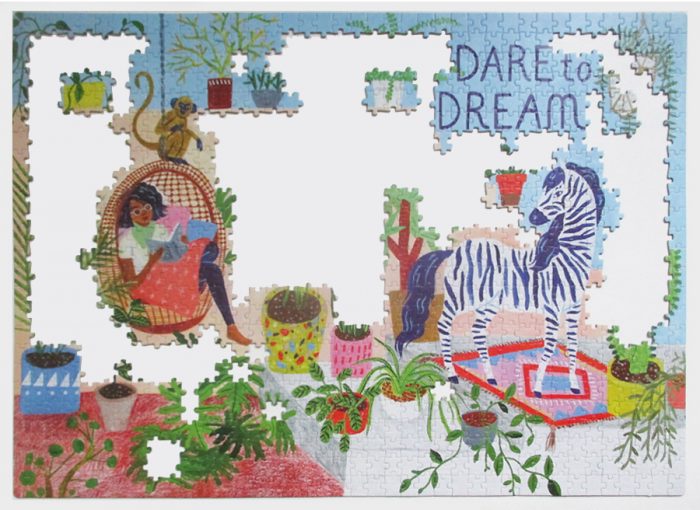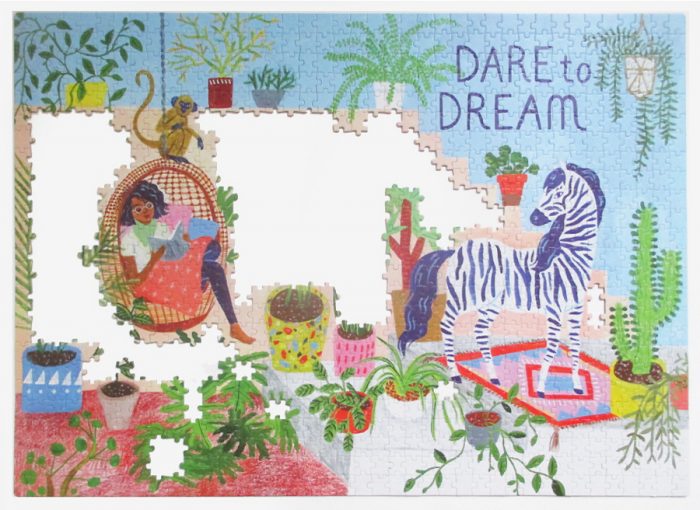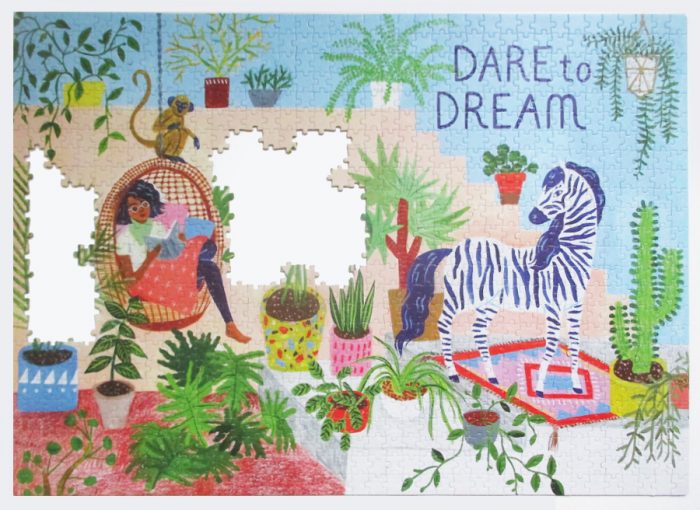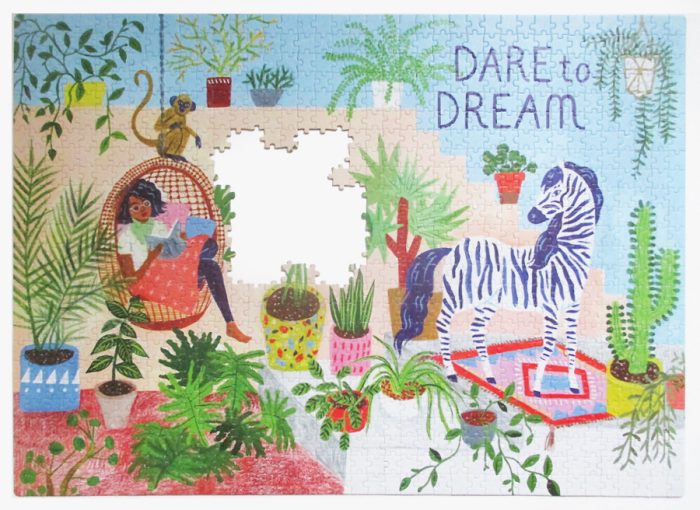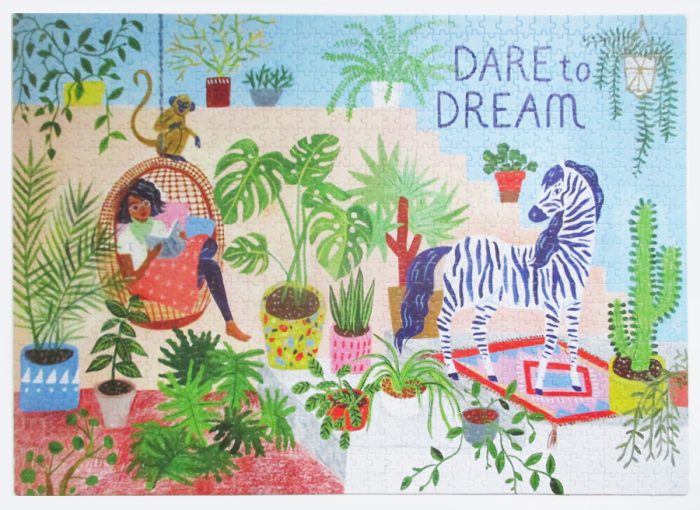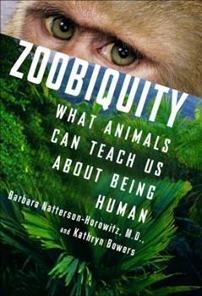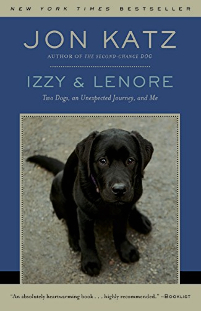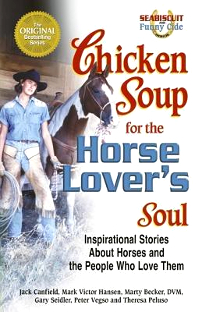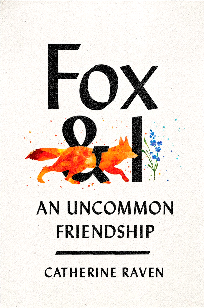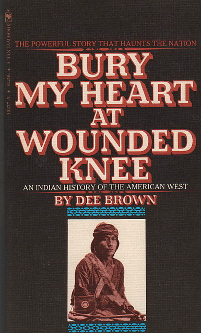Classic of the animal rights movement. I have had this book on my shelf for many years but always hesitated to read it- it’s written by a philosopher who specializes in ethics and I thought it would be difficult material. Not so. I was surprised to find it very readable and easy to understand. I also assumed it would be full of absurdly extremist ideas or overly sentimental appeals. Quite the contrary. Although at the end Singer makes a few conclusions and suggestions for future action that sound extreme and impossible (doing away with all carnivorous animals in the world to eliminate animal suffering!! what??) he doesn’t explore those any further and admits they are likely untenable. He does think zoos and farms that raise animals for consumption should disappear though.
Getting ahead of myself. The main premise of the book is: animals feel just like we do and can suffer pain and emotional distress (wow, see my previous read for a lot more detail on that point). Singer makes many clear and logical arguments that humans should not cause suffering, or think we are “better than” animals, or control their lives so completely as we often do. They should just be allowed to live and do their own thing. I have to agree with some of that. He doesn’t just point out that we shouldn’t cause animals pain or treat them like objects to create meals for us at the lowest possible monetary cost, but also argues that meat from animals that were terrified or in pain when they died is of lesser quality, that raising animals for food is more costly to the environment, and that plants give us more energy return. There’s a lot more of course, I’m just mentioning some bits that stood out to me. I found of most interest (unexpectedly) the chapter that explores historically the beliefs that cemented in western thought this idea that we as humans have a right to rule over the rest of sentient life. Starting with the bible and going through Greek and Roman thinkers. I have to say it sounds like Descartes is hugely to blame for the idea many people still firmly: that animals are instinctive automatons without any feeling.
There are parts of this book that discuss the horrors of factory farming, animal experimentation and product testing. I would hope that many of the things described are now of the past. I know that at least nowadays you can easily find beauty products that were not tested on animals and buy eggs laid by chickens that roamed free outside (whatever that actually means) for example. There are photos in this book which disturbingly make the point of how much animals suffered in labs and factory farms, thankfully they are few (the book could have easily stuffed a ton more in there to make its point).
Personally, I am not a strict vegetarian though this book makes very good points on why one should be. I have for many years now made an effort to eat less meat and to choose it as wisely as I can- milk from “grass-fed” cows, meat from pasture-raised beef or bison, fish that was “sustainably harvested”. My conundrum is twofold: how do I know those labels are factual? If I don’t go visit the farm where those cows grazed to see for myself, does “pasture-raised” really mean what I think it does? For a while we bought our meat once a month from a small local farm- my husband would drive an hour there with our cooler- and yes it was more costly but I felt good about it. Unfortunately the farm is no longer selling meat products since the pandemic- I do hope they weather this and become operational again because I would like to purchase from them once more.
My other issue: what about all the other life that dies to make a field profitable for growing plants we eat? I’m a gardener, do you know how many slugs, aphids, caterpillars, leaf hoppers, stink bugs, cucumber beetles etc. etc. I have drowned or squashed or smothered off my plants. Must be hundreds by now. And I have read reports that vast fields of crops which use large machinery to harvest kill billions of small wild animals- rabbits, mice, birds, snakes, etc etc.- but then there’s arguments that those numbers are not what they seem- I just read six different articles on it, so now I don’t know what to think. Eating strictly plants does not mean we are causing less harm to living things, or to the environment. I would like to think I am making the best choices, standing there in the grocery store staring at packages, but sometimes I feel like I have to go home and do more research- and it just gives me a headache. I try to eat local, in-season, raised-as-humanely-as-possible foods, but sometimes it’s hard to know what to choose. I don’t think eschewing all animal products is the answer. I do think we should avoid supporting companies that perform needlessly cruel experiments on animals or raise them for food in appallingly stressful, crowded and unhygienic conditions. It’s hard to know which reports are truthful, though.
Definitely this is a book I think everyone should read.
Note: Animal Liberation was originally published in 1975. It was revised in 1990, with some chapters rewritten to update the material, report on improvements that had occurred, and respond to criticism received. The author notes which parts of the book were rewritten; it’s extensive enough that I consider 1990 the publication date of my copy.

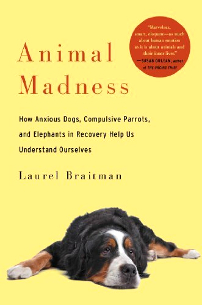
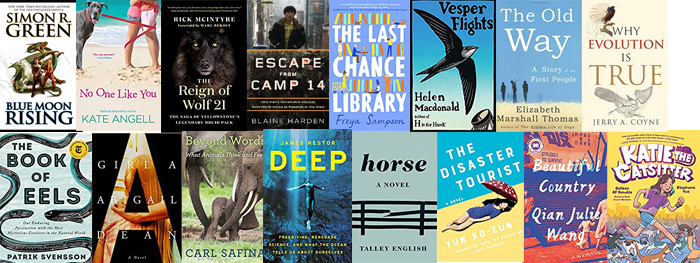


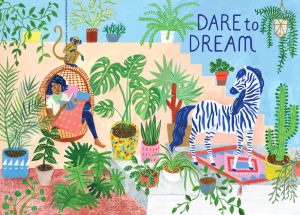 This puzzle was really easy to put together, and fun. The artwork is bright, simple and charming. I like that I can identify most of the plants in the picture- monstera, dracanea, pothos, sansevieria, palm, spider plant, asparagus fern, etc. Even most I don’t actually know the names of, I still easily recognize. So that’s why I like this puzzle, even though the piece shapes are a boring straight ribbon cut, and some things about the picture are kind of odd (is that a zebra with abnormally long hair, or a horse painted with blue stripes? and what happened to the texture in the bottom left corner. It looks like it was scribbled in with crayon when the artist got tired). Also the reference poster is smaller than the image on the box lid, so rather pointless.
This puzzle was really easy to put together, and fun. The artwork is bright, simple and charming. I like that I can identify most of the plants in the picture- monstera, dracanea, pothos, sansevieria, palm, spider plant, asparagus fern, etc. Even most I don’t actually know the names of, I still easily recognize. So that’s why I like this puzzle, even though the piece shapes are a boring straight ribbon cut, and some things about the picture are kind of odd (is that a zebra with abnormally long hair, or a horse painted with blue stripes? and what happened to the texture in the bottom left corner. It looks like it was scribbled in with crayon when the artist got tired). Also the reference poster is smaller than the image on the box lid, so rather pointless.